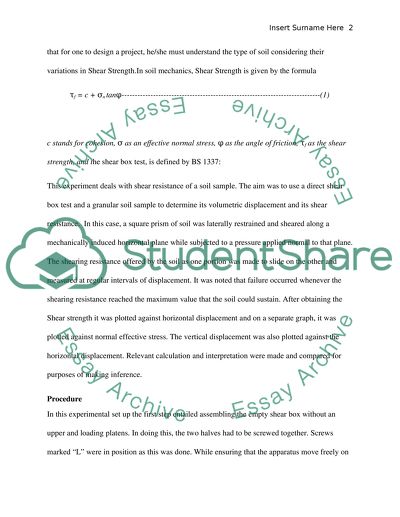Cite this document
(“Shear box Lab Report Example | Topics and Well Written Essays - 1500 words”, n.d.)
Retrieved from https://studentshare.org/engineering-and-construction/1493596-shear-box
Retrieved from https://studentshare.org/engineering-and-construction/1493596-shear-box
(Shear Box Lab Report Example | Topics and Well Written Essays - 1500 Words)
https://studentshare.org/engineering-and-construction/1493596-shear-box.
https://studentshare.org/engineering-and-construction/1493596-shear-box.
“Shear Box Lab Report Example | Topics and Well Written Essays - 1500 Words”, n.d. https://studentshare.org/engineering-and-construction/1493596-shear-box.


